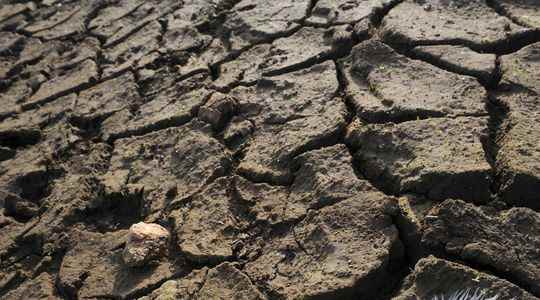The blow to the flank is frank: “A lamentable litany of humanity’s failure to fight against climate change”. It is struck by the Secretary General of the UN, Antonio Guterres. The Portuguese goes even further when pointing out the state of the planet: “The global energy system is broken and brings us closer and closer to climate catastrophe.”
In a report entitled “State of the global climate in 2021”, the World Meteorological Organization (WMO), a body under the aegis of the UN, wants to be alarmist: the global energy system is leading humanity to disaster. “Our climate is changing before our very eyes,” commented WMO chief Petteri Taalas. Greenhouse gas concentrations, sea level rise, temperature and ocean acidification are reaching record highs and these indicators do not bode well for the future of the planet.
- The increase in the concentration of greenhouse gases
The concentration of carbon dioxide (CO2) reached 413.2 parts per million worldwide, or 149% of pre-industrial levels, at the end of 2020. It is reaching a new global high. The United Nations sees this record as a “coherent picture of a warming world affecting all parts of the planet”, the report said.
The average monthly CO2 concentration at Mona Loa in Hawaii, for example reaching 416.45 ppm in April 2020, now rises to 420.23 ppm in April 2022, the report recalls. Indicators that suggest that the last few months are in line with the growth of greenhouse gases.
- Sea level rise
The global sea level line reached a new record high in 2021, the result of an average rise of 4.5 millimeters per year from 2013 to 2021, according to the report. It had shown an average increase of 2.1 millimeters per year between 1993 and 2002.
A large discrepancy between the two periods, linked mainly “to the accelerated loss of ice mass from the ice sheets” underlines the report, which brings this indicator closer to new evidence “of a warming world”.
- Ocean acidification
The oceans are acidifying and that’s not good news. The ocean absorbs about 23% of annual man-made CO2 emissions into the atmosphere. A phenomenon that captures part of the greenhouse gases and limits the atmospheric concentrations of CO2.
But this has a direct effect on the water of the sea. The arrival of CO2 in the oceans results in the acidification of the water which is not a sign of good health of the oceans. Health a little more weakened by another phenomenon: the rise in ocean temperatures.
- Rising ocean temperatures
Ocean temperature also reached a record high in 2020, surpassing the already critical 2020 threshold. The top 2,000 meters of ocean depth are expected to continue to warm in the coming months and years. “An irreversible change on timescales of centuries to millennia,” the WMO concluded in a report that resembles many others on the coming catastrophe.
